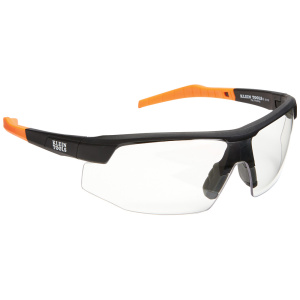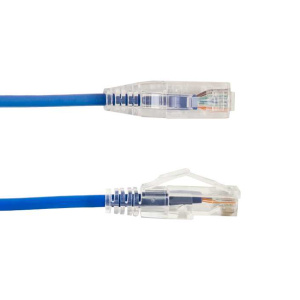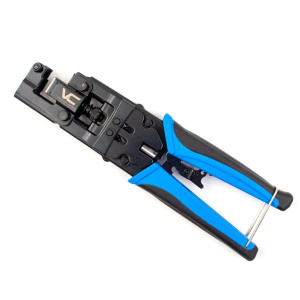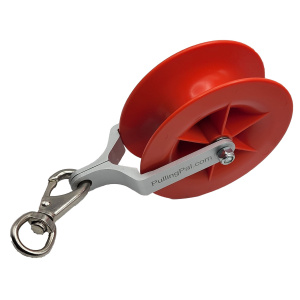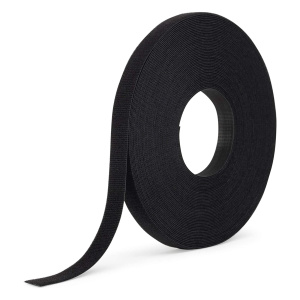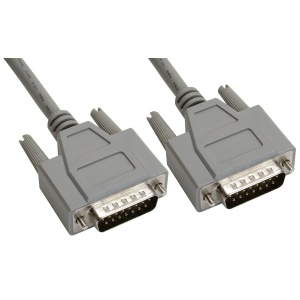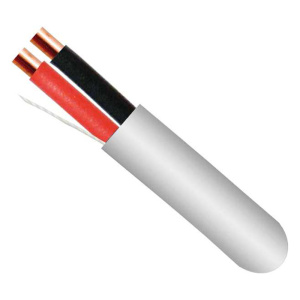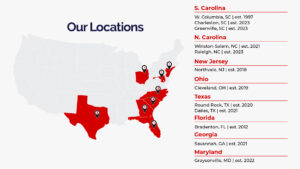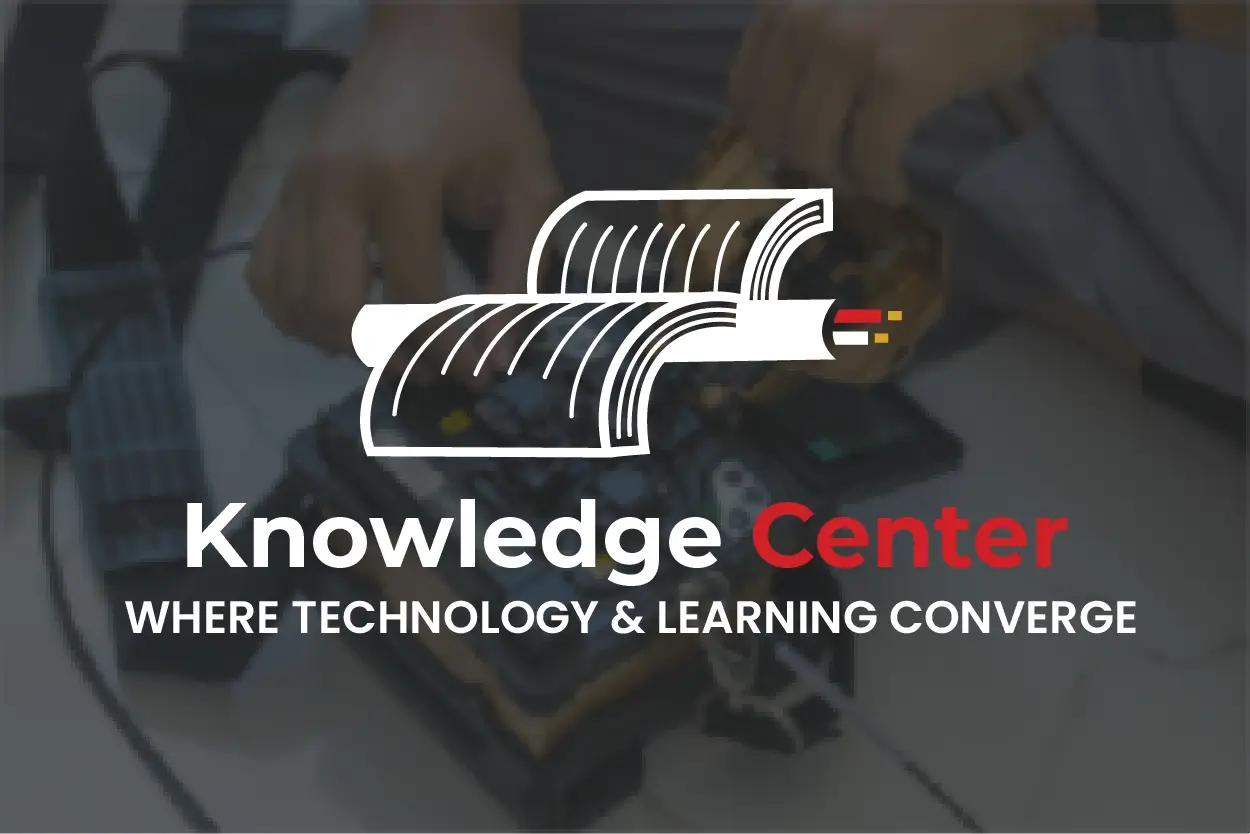Understanding Fiber Optic Technology
The Basics of Fiber Optics
Fiber optics is the gold standard in telecommunication technology. But what exactly is it? Fiber optics refers to the technology that uses thin strands of glass or plastic, known as optical fibers, to transmit data as pulses of light. Unlike traditional copper wires, fiber optics provide a high-speed, high-capacity, and reliable means of data transmission.
How Fiber Optics Work
Fiber optic cables function on a simple principle – light travels down the cable, bouncing off the walls of the fiber. This bouncing, or total internal reflection, ensures that light can travel great distances with minimal signal loss. In layman’s terms, this is akin to a really fast game of “pinball” where light is the ball.
The Importance of Fiber Optic Networks
Fiber optic networks form the backbone of our digital age. With their ability to handle the demands of high-speed internet, streaming services, and cloud computing, they’re indispensable for businesses and households alike. Moreover, in a world increasingly reliant on connectivity, fiber optics play a critical role in economic development, education, healthcare, and even national security.
Planning for Fiber Optic Installation
Evaluating Your Current Network Infrastructure
Before jumping headfirst into fiber optic installation, it’s crucial to assess your existing network infrastructure. This includes examining your current bandwidth needs, network architecture, and budget constraints. Engaging a telecommunications consultant can provide invaluable insight into the specific requirements and potential pitfalls of your project.
Deciding on the Type of Fiber Optic Cable
There are two main types of fiber optic cables: single-mode and multi-mode. Single-mode cables use a single light path and are suited for long-distance, high-speed data transmission. On the other hand, multi-mode cables use multiple light paths and are ideal for short distances, such as within a building. Choosing the right cable is like selecting the right tool for the job—it’s all about what your needs are.
Planning Your Cable Routing
Another crucial aspect of fiber optic installation is planning the cable routing. This includes considering factors such as the distance the cable needs to cover, the physical environment it will traverse, and any potential hazards. By strategically planning your cable routes, you can reduce installation time, minimize potential damage, and ensure optimal performance.
The Installation Process
What to Expect During Installation
Installing fiber optic cables is a precise and meticulous process. It often involves pre-installation work such as site surveys, acquiring permits, and prepping the installation site. The actual installation process can include tasks like conduit placement, cable pulling, splicing, and termination. Bear in mind, fiber optic installation is not a DIY project—it requires specialized knowledge and equipment.
Tools and Equipment Required
Specialized tools are the lifeblood of any fiber optic installation project. These can include cable cutters, stripping tools, fiber cleavers, splicing machines, and optical power meters, to name just a few. The exact tools needed will depend on the specific details of your project, but rest assured, they are instrumental in ensuring a successful installation.
Installation Techniques
There are several techniques used in fiber optic installation, including direct burial, aerial installation, and conduit or duct installation. The technique chosen largely depends on the environment and the specific needs of the project. Regardless of the technique, following best practices and adhering to safety regulations is paramount.
Maintenance and Troubleshooting
How to Maintain Your Fiber Optic Network
Maintenance is key to the longevity and performance of your fiber optic network. This can involve regular inspections, cleaning of fiber optic components, and monitoring for any signal loss or degradation. Remember, a stitch in time saves nine; proactive maintenance can prevent small issues from snowballing into big problems.
Common Issues and How to Troubleshoot Them
Like any technology, fiber optics are not immune to problems. Common issues can include signal loss, physical damage to the cables, and connectivity issues. Troubleshooting often involves isolating the issue, conducting diagnostic tests, and implementing corrective measures. Expert advice on fiber optic installation often includes a comprehensive guide to troubleshooting—because it’s always good to be prepared for the inevitable bumps in the road.
The Future of Fiber Optics
Emerging Trends in Fiber Optics
The world of fiber optics is continuously evolving, with new advancements and trends emerging regularly. These include the development of higher-capacity cables, advances in fiber optic sensors, and the integration of fiber optics with wireless technology. Staying abreast of these trends can help you make informed decisions and future-proof your fiber optic network.
How Fiber Optics Will Impact Future Technologies
Fiber optics are set to play a pivotal role in shaping future technologies. They are central to the rollout of 5G networks, the development of smart cities, and the advancement of Internet of Things (IoT) technology. In essence, the future of fiber optics is a gateway to a future of possibilities—it’s a ride you don’t want to miss.
FAQ’s
- What is the lifespan of fiber optic cables? Fiber optic cables have a considerably long lifespan, often exceeding 25 years. However, this can depend on factors such as the quality of installation, environmental conditions, and the level of maintenance.
- Can fiber optic cables get wet? Yes, fiber optic cables can get wet without any impact on their performance. This is because they transmit light, which is not affected by water. However, water can damage the protective layers of the cable, which can lead to physical damage.
- Are fiber optic cables dangerous? Fiber optic cables are generally safe to handle. However, caution should be taken during installation or maintenance as the tiny glass fibers can cause injury if not handled properly.
- How fast is data transmitted through fiber optic cables? Data can be transmitted at speeds up to 200 terabits per second through fiber optic cables. That’s fast enough to download thousands of high-definition movies in one second!
- What are the main advantages of fiber optic cables over copper cables? Fiber optic cables offer numerous advantages over traditional copper cables, including higher bandwidth capacity, faster data transmission speeds, less signal degradation, and immunity to electromagnetic interference.
- What are the primary uses of fiber optics? Fiber optics are primarily used in telecommunications, but their applications are broad and diverse. They’re used in medical imaging, mechanical inspections, broadcasting, internet connectivity, and even in decorative lighting and artwork.
Conclusion
In conclusion, fiber optic installation is a significant endeavor that requires careful planning, specialized knowledge, and meticulous execution. Yet, the benefits it provides—in terms of capacity, speed, and reliability—make it a worthy investment. With this expert advice on fiber optic installation, we hope you’re better equipped to embark on this exciting journey towards a more connected future.

